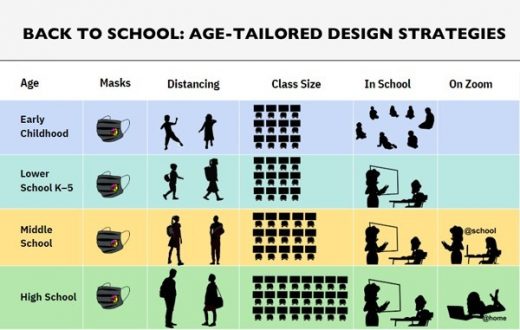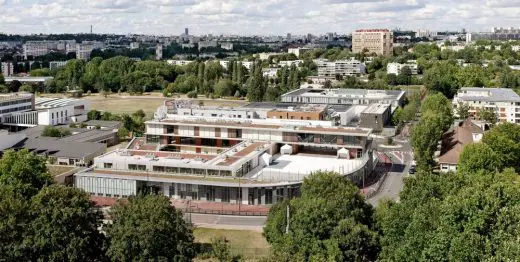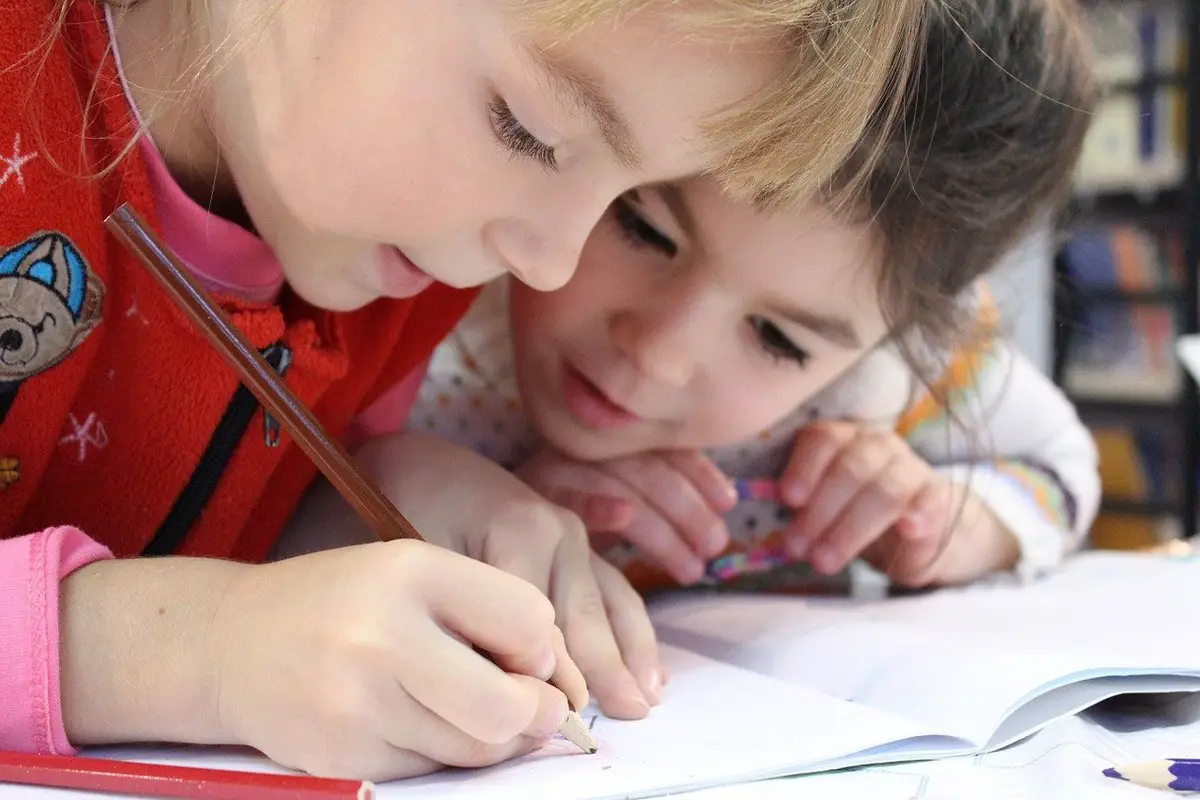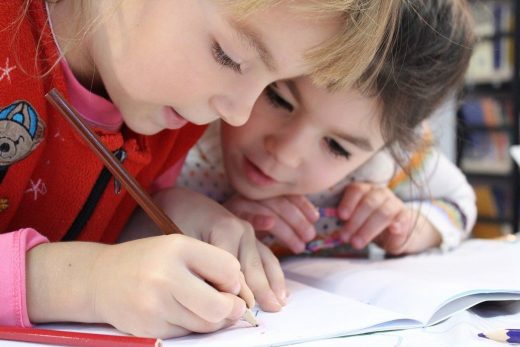School Design, Buildings for Learning, Characteristic Features, Education
School design: learning from buildings
Education Architectural Design Article
17 Sep 2018
School design: how important are buildings for learning?
If you see a standard school from the window of a train or a car, you will immediately understand that this is a school. This applies to the buildings of the industrial era. A school looks like any building of this time – a factory or a casern. Why? How do we recognize typical educational institutions?
School-factory vs school-city
There are some characteristic features of old buildings. They have an industrial faceless appearance, a uniform (if not to say boring) distribution of identical windows along the facade, a single portal entrance, the standard classroom size, narrow empty corridors, unchanged plans for all floors, monotonous color solutions. All these are signs of production.
The school of the industrial era is a plant for the creation of human material through the method of conveyor processing. In such a school, there are some phenomena from the field of manufacturing and military affairs: workshops, stations, brigades, detachments, commanders, squads, marches. Considering the plans of standard schools, we will find factory-conveyor aesthetics there.
What does the school-factory teach us? A simple thing: you are a detail. You are processed. The adults know better what you need, where to go, what to listen to and what to answer. The building of the school-factory, accordingly, teaches the same.
A modern building (school-city) looks differently. It has wings, corridors, streets, central squares on which different events take place. There are completely opposite characteristic features in comparison with the school-factory: visual identity, space is diverse and transformable, many entrances, the school is transparent. There is variability in a modern school, that is, the educational route, the individualization, the choice of profile, the public space.
The school-city teaches that you are a citizen who takes part in the life around him, you are not processed, you have your own will.
Features of a modern school building
It must correspond to the desired educational results, i.e. a person who can handle his own life. The building of the school must be adjusted in accordance with the goals of education, and not vice versa. The nature of study changes: it becomes transformative, the student ceases to absorb knowledge passively. The personal involvement is characteristic for the school of the future. There is an activity which must have a result. The theme of designing one’s own life is especially important for such a building. And architecture should be an educational tool.
The main difference between an old and a new design is that, in a modern society, architects have more freedom. The spaces they create are more beautiful and functional. The emphasis is primarily made on a child, on the development of the personality of a particular student. We may distinguish several trends that exist in modern architecture:
- First of all, functionalism. Every detail, every space is not only aesthetically pleasing but also functional. There is a variety of premises types, volumes of zones. An important detail is privacy: both in schools and in kindergartens, there is a space where a kid can stay alone.
- Natural urbanism. Its goal is the aesthetic education of pupils. Every day, the child sees a sample of a high-quality environment, knows that the landscape and architecture are inseparable.
- Ethical principle. The child is brought up with an understanding of how he should treat, protect the surrounding world, live in harmony with it, take care of it. All the components of design are connected with resource saving.
- The Do-It-Yourself principle. It is the most complex aspect. Now, we can often hear the idea that the building itself can be a textbook, an educational tool. However, when it comes to real decisions, problems arise. It is possible to divide this principle into two theses.
The first one is multisensority (for children of young age) – space appeals to all feelings of a child, gives him spatial experience.
The second thesis is involvement, when the space itself pushes a child to action – to plant, build something. An important component of study in a smart school is project training. The space itself should give place and themes for the implementation of projects. The building is not a closed fortress in the middle of this idyll. Many modern schools share resources with other residents inviting them to the open libraries, assembly halls, arranging theme events. - Responsive space. It often happens that, when a new school is being built, it can become obsolete even before the process is completed, and design does not fit the education that it intends to implement. Therefore, it is necessary to adhere to the principles of transformability, multifunctionality and inclusiveness when compiling the plan. Most interesting educational spaces are now located not in schools but in museums, parks and libraries. They have freedom in the program, teaching, can constantly experiment. Schools are dependent on the curriculum, and this imposes a lot of restrictions.
In order to reduce the level of anxiety and discomfort, things that would tell to a child “It’s constant. It’s for a long time. It’s good. It’s warm” are necessary. In some projects, these ideas are implemented with the help of wooden architecture, upholstered furniture, and bright colors. You enter the building and realize that it is a real home. It does not have any concrete or linoleum, which a child associates with an orphanage.
Therefore, the first decision to be made is the abandonment of a special building which will demonstrate the previous experience of strict, cold classes. This is an attempt to “drag” the child into a family atmosphere.
A compact space provides for a psychological comfort. Today, it is not important to have large buildings with huge compartments, sectors. It’s better to design small rooms with areas in which children can take part in different activities, learn values of communication.
The architecture of a school of the future is a very important and actively discussed issue, in particular, in student circles. If you want to prepare an essay on this topic, it is better to turn to a specialized website like https://pro-papers.com.
School Buildings
SAR Academy, Modern Orthodox Jewish Day School, Jesselson Campus, 655 West 254th Street Riverdale, NY 10471, USA
Design: architects Esther Sperber and Hila Stern

image courtesy of architecture studio
SAR Academy, Orthodox Jewish Day School
Groupe Scolaire Dunoyer de Segonzac, Antony, Antony, Hauts-de-Seine, southern suburbs of Paris, France
Design: Dietmar Feichtinger Architectes

photo © David Boureau
Groupe Scolaire Dunoyer de Segonzac, Antony
Comments / photos for the School design: how important are buildings for learning? page welcome


